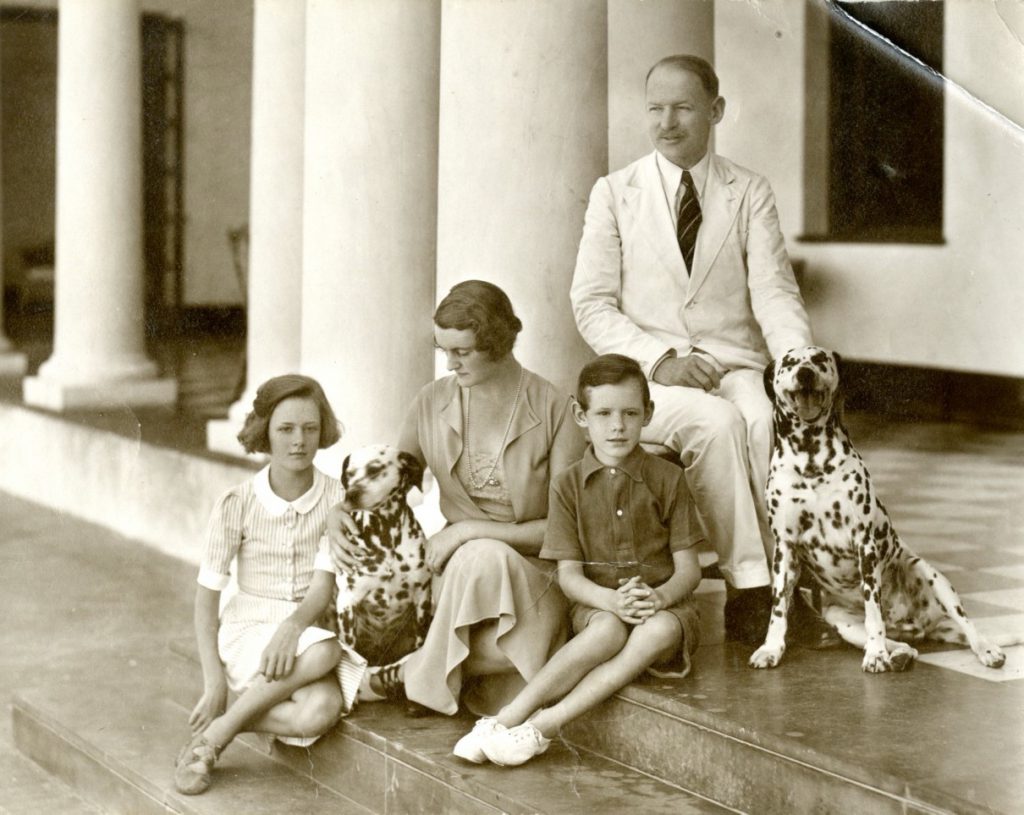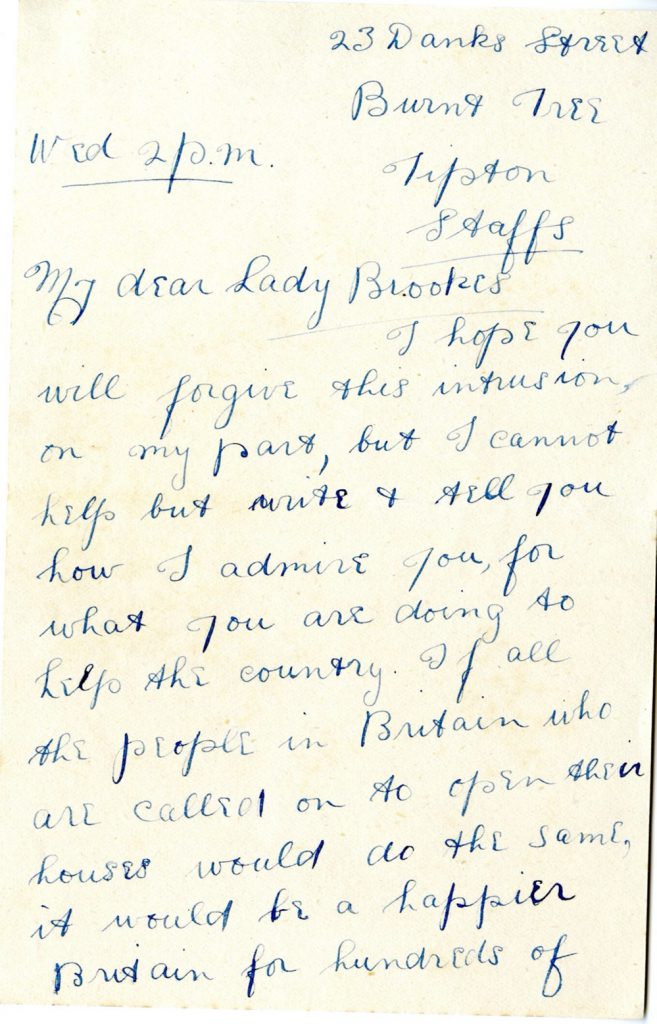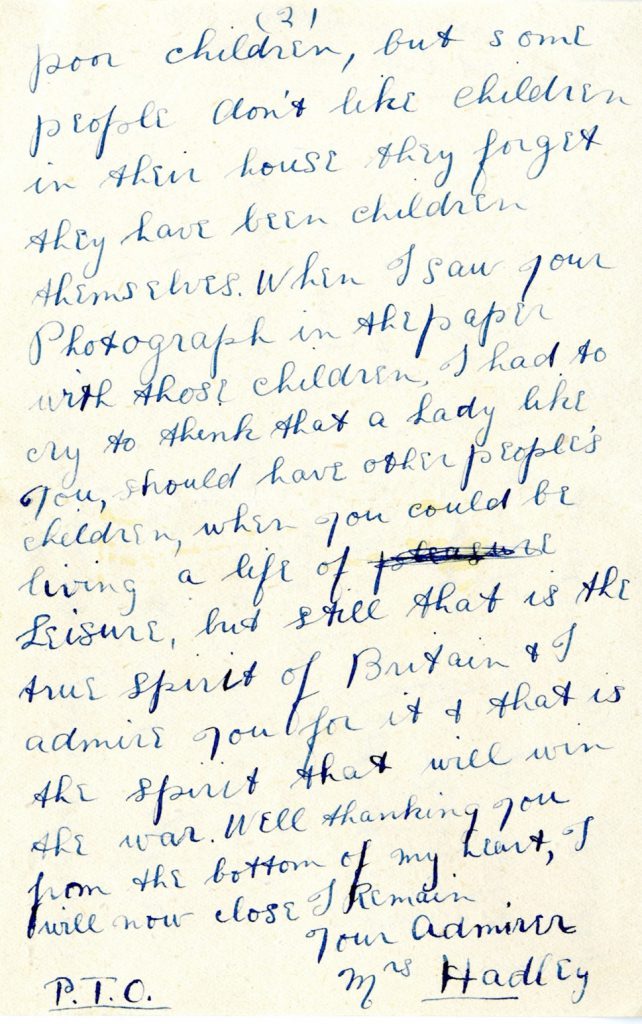This post is written by Chloe Parsons, MA World History and Cultures
As part of my MA in World History and Cultures at King’s College London, I have had the wonderful opportunity to curate exhibitions on the recently acquired addition to the Brooke-Popham papers at the Liddell Hart Centre for Military Archives.
The Liddell Hart Centre for Military Archives is a leading repository for modern British defence policy, namely its strategy, planning and conduct. The Centre holds the private papers of more than 800 senior defence personnel from the 20th century, with its significance recognised through the Arts Council England’s Designated Outstanding collection scheme. Their collections vary in size and comprise a variety of material, such as photographs, memoirs, correspondence, press cuttings and diaries, to name but a few. My contribution has been to present accessioned, but otherwise unavailable, material to an external audience through the medium of an online exhibition entitled Cottisford War Nursery: The Brooke-Popham Papers. I had plans to curate a corresponding physical exhibition, but this will be put together in the foyer of the King’s Building on the Strand campus once it is feasible to do so.
The scale of the Brooke-Popham archival collection leaves any reader with a multitude of thematic avenues to explore, therefore narrowing a focus for the final output was somewhat challenging. A continuous theme that presented itself throughout the collection was how social class determined experiences of the Second World War. Once I had a clear understanding of the Brooke-Popham’s family dynamic, it was evident how their contributions to the war effort aligned with their class status and wealth.

The Brooke-Popham Family, 1930s. (BP Acc. 3571, 31/5)
Sir Robert Brooke-Popham held senior commanding roles within the Royal Air Force, most significant being Commander-in-Chief of the Far East in the early 1940s. His role in the Fall of Singapore has been the subject of historical inquiry and debate, with his family’s wartime activities frequently overlooked as a result. I wanted this project to touch on something not previously researched or analysed in great detail and through this, encourage investigation into the family’s archive.
Robert kept in regular contact with his wife, Opal, and children, Diana and Philip, whilst he was away. Family correspondence constitutes most of the collection, offering personalised, unique accounts of upper-class life in mid-20th century Britain. The archive also holds photographs, diaries, telegrams, invoices, programmes for musical soirees, and invitations to events such as the Queen’s Coronation.
The Brooke-Popham’s family home, Cottisford House, transitioned into a war nursery in 1940, providing a place of sanctuary and safety for displaced children during the Second World War.

War nurseries were a crucial element of the British war effort, offering a source of childcare for children aged two to five, that subsequently enabled women to enter the workforce.
Photograph taken at Cottisford Nursery, 1940s. (BP Acc. 3571, 16/1)

The Brooke-Popham papers contain files dedicated to the nursery. I found the photographs of Cottisford Nursery to be striking in their visualisation of Opal’s letters to Robert, as well as their capturing of unwritten moments.
The children at Cottisford Nursery, 1940s. (BP Acc. 3571, 16/1)
Furthermore, letters of admiration for Opal’s management speak to women’s wartime contributions on another level. One letter offered a personal perspective on the nursery, making the collection more accessible and expanding its scope beyond a focus on the factual realities of war.


Through this project, I attempted to bridge the gap between public and academic history, positioning readers on the personal level that is generated when reading the Brooke-Pophams’ letters. The personal and intimate focus of my exhibition builds on material that emits love, passion and emotion, resulting in a greater awareness of social history.
This internship has been valuable in equipping me with new skills of narrating and presenting history in a manner which is more accessible to the public. The role has given me a practical experience of unearthing history from the archive and exploring new thematic concepts, an ability which will be central in writing my MA Dissertation.
Cottisford War Nursery: The Brooke-Popham Papers online exhibition is available at: https://arcg.is/0GzyL90
My wife is the great grand daughter of Sir Robert her grand mother was Diana Brooke Popham and if we can be of any assistance to you with more information or photos please contact us
Many thanks, Ben – that’s very kind of you. I shall email you directly to discuss. Happy New Year!
thanks for information 🙂
Catherine Are any post war papers for Lady Brook Popham covering her involvement in RSPCA and Quantock Staghounds?
Hi Russell, I have searched through our box lists for the additional acquisition to the Brooke-Popham collection but have found no reference to the RSPCA nor the Quantock Staghounds.
Apologies… but I hope you enjoyed the blog and online exhibition nonetheless!